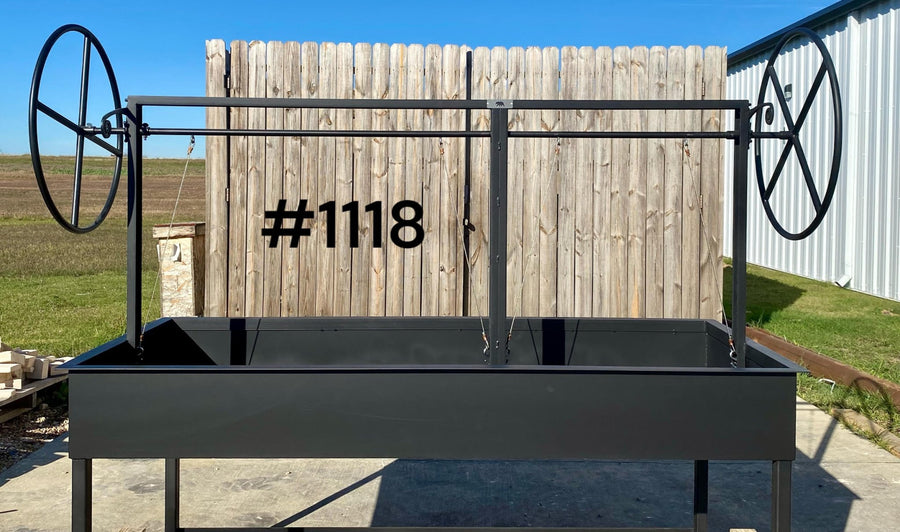Temperature Controlled Grilling
How to control your grilling temperature.
Charcoal and Wood-Fired Grills are known for cooking meat perfectly, but a good pitmaster needs to master the fundamental skills of temperature control to get perfect results. To master temperature control, the pitmaster needs to understand the different approaches to temperature control and how to utilize them. Once the pitmaster has familiarized themselves with the different approaches to temperature control, they can begin their charcoal and wood grilling lifestyle without worry.Smoke ventilation is one of the most common approaches to temperature control. Most smokers have two types of vents, one at the bottom and one at the top, although there are different variations of these vents. The bottom vents are the intake vents, and the upper vents are the exhaust vents. Air comes in through the intake vent and exits through the exhaust vents. Opening the intake vents allows for more airflow, which creates a hotter fire. When the vents are open wide, the smoke envelopes the meat, giving it a more robust smoke flavor. Partially closed vents restrict airflow and create a cooler fire.
Another way pitmasters can control temperature is with adjustable cooking surfaces. The adjustable height of the cooking surface allows precise temperature control of the grilling meat to achieve uniformly cooked meats with a uniform doneness across the thickness of the meat. An example of a grill with an adjustable cooking surface is the Uruguayan-style grill. The Uruguayan style grills are designed with a hearth that allows oak or other hardwood to be burned to embers, and then the embers are pushed beneath the cooking surface. The cooking surface can be adjusted to lay flat, or it can be adjusted at an angle to allow for multiple grilling temperatures. The temperature can be controlled by the number of hot coals pushed under the grill and by the angle and position of the grill.
More from:
Temperature Controlled Grilling



